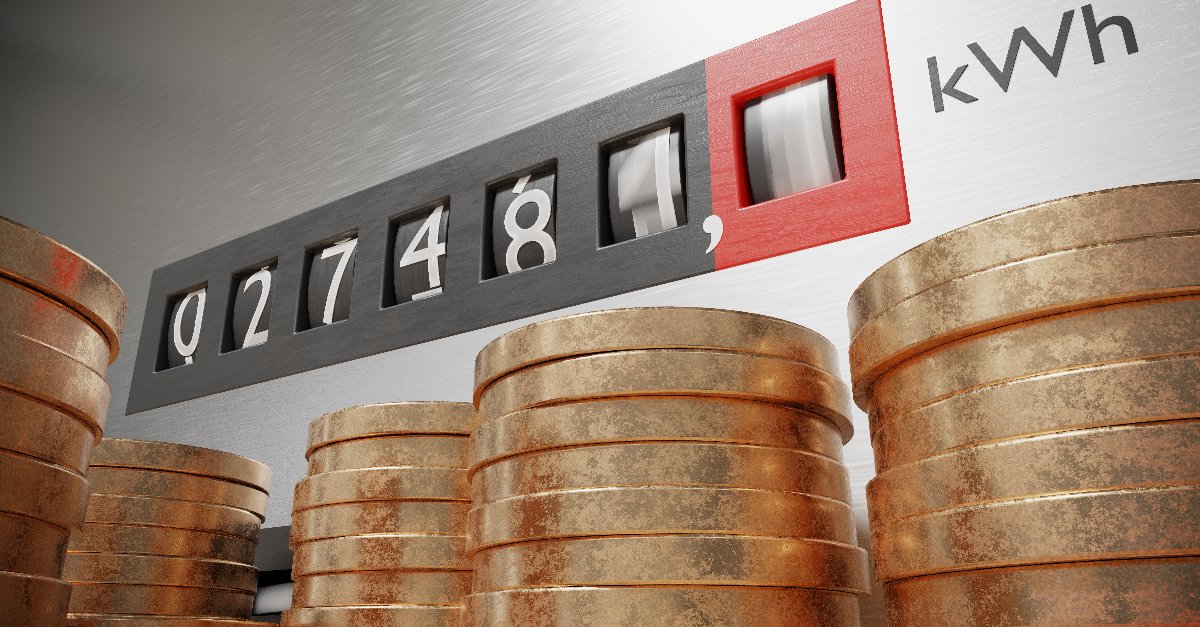As the conversation around global warming takes center stage, more companies are turning to energy-saving solutions to combat rising pollution levels and guide consumers toward more sustainable lifestyles. Paired with tightening emission standards, there’s no doubt a noticeable shift has taken place, moving away from high-consumption products toward energy efficiency in virtually all economic sectors.
What Kept Consumers From Investing In Energy Savings Products In The Past?
Not long ago, consumers were wary of purchasing energy-savings products voicing doubts about their usefulness and suffering from pronounced sticker shock. Since there wasn’t the same level of focus on environmental protection as we have today, the development of sustainable merchandise was expensive, often leaving a bad taste with potential buyers. Additionally, consumers were content to keep their working devices since they realized new production increased energy and resource consumption. This distrust, paired with high prices and limited product choices, contributed to a low-demand, low-supply market, which would require a significant mindset shift to change.
The Motivating Factor For Taking Energy Saving Measures
Consumers were hard-won when it came to changing their mindsets about the benefits of energy-saving products. One patron voiced this attitude saying, “…honestly, I don’t know enough about the savings. At what point is it worth it?” a sentiment shared by many. There were a few factors that contributed to the shift toward energy-savings popularity, compelling customers to begin seeing value where they once saw only expense.
Cost Savings: As demand grew, so did innovation and manufacturing, which lowered the cost of energy-saving products, making them more affordable to the public.
Rising Electricity Prices: As electricity prices rose, more consumers began seeing the value in spending less on the appliances, vehicles, and products they used daily.
Climate Change: As climate change took center stage, people became more aware of their impact on the environment and sought sustainable options that helped reduce their carbon footprint.
Subsidies: An increase in available subsidies for energy-savings products encouraged consumers to invest where they may not have before.
Consumer Views On Electricity From Renewable Sources
As consumers open their minds to the benefits of energy-saving products, it’s essential to gauge their view on receiving their electricity from renewable sources since it’s a heavy indicator of which way the market will move. Many consumers believe using renewable sources is the right thing to do, with many already making the switch. Although these reports are promising, it’s important to note their reasoning behind these decisions. Climate change is cited as a driving factor, with the country’s dependence on foreign powers closely following. However, there is still a large group of consumers stating that higher prices could prevent them from switching, which companies should note as they continue to develop new and innovative products.
Popular Energy Saving Products And Why Consumers Choose Them
As inflation continues to rise, its impacts are felt far and wide among consumers in every stage of life. As prices rise, many are turning to energy-saving appliances to help reduce costs. Currently, the most popular products chosen are as follows:
- Dishwashers
- Televisions
- Light Bulbs
The consumer mindset toward saving money and energy has shown a significant increase. Once patron stated, “Two years ago, I probably would have looked less, but now I think it’s quite important.” This perspective is echoed among many, thanks to five main factors:
Self-Evident Energy Efficiency – An increased understanding that certain products are inherently energy efficient.
Greater Attention To Labels: More consumers are paying closer attention to products with energy labels, aiding their purchasing decision.
Energy Efficiency Vs. Quality – More products avoid sacrificing quality for energy efficiency.
Rising Prices: As prices rise, consumers consider energy savings increasingly important.
As consumer acceptance of energy-saving products grows, it will be interesting to watch how companies use this shift to develop more sustainable and environmentally conscious devices in the future.

